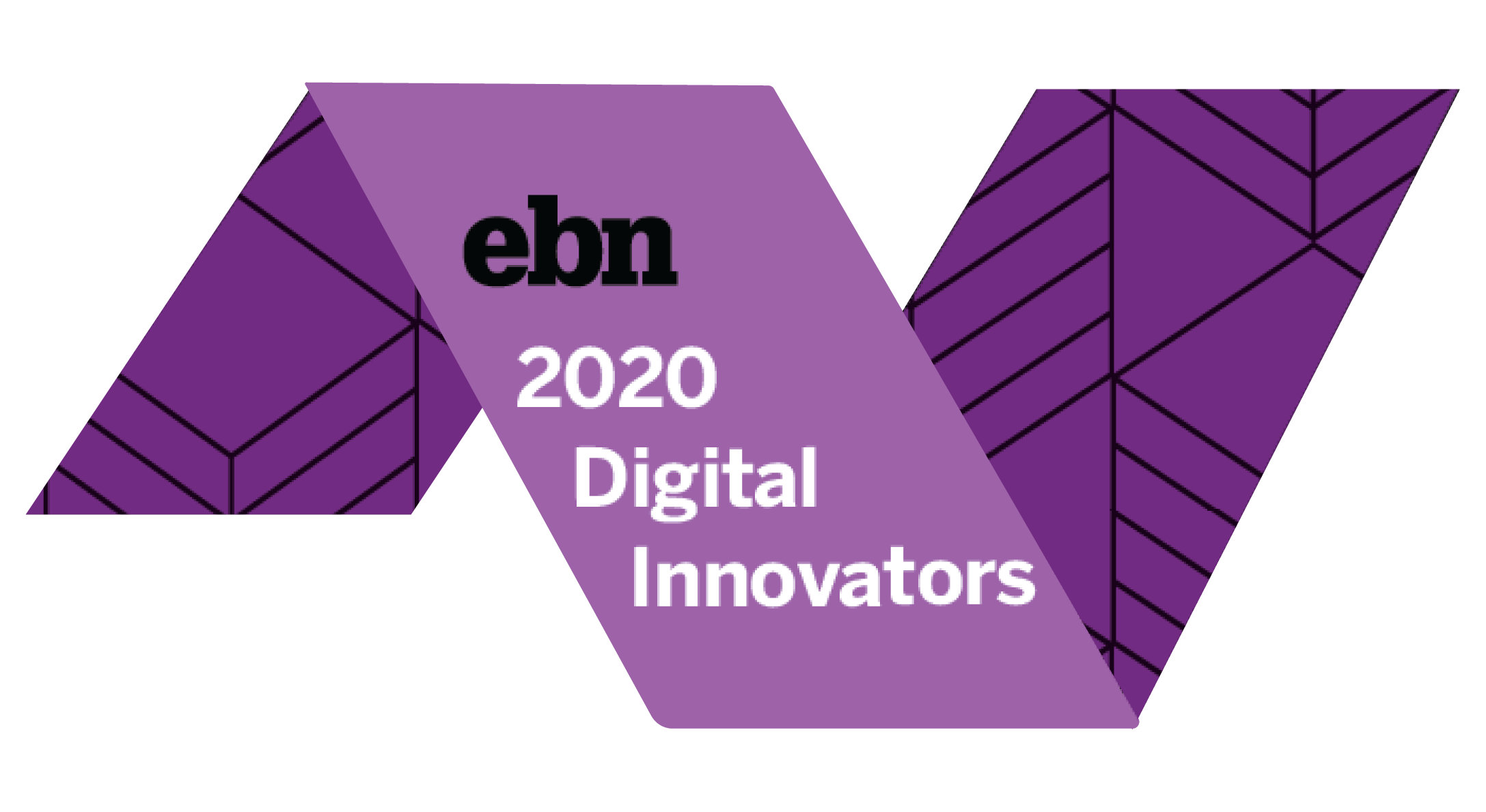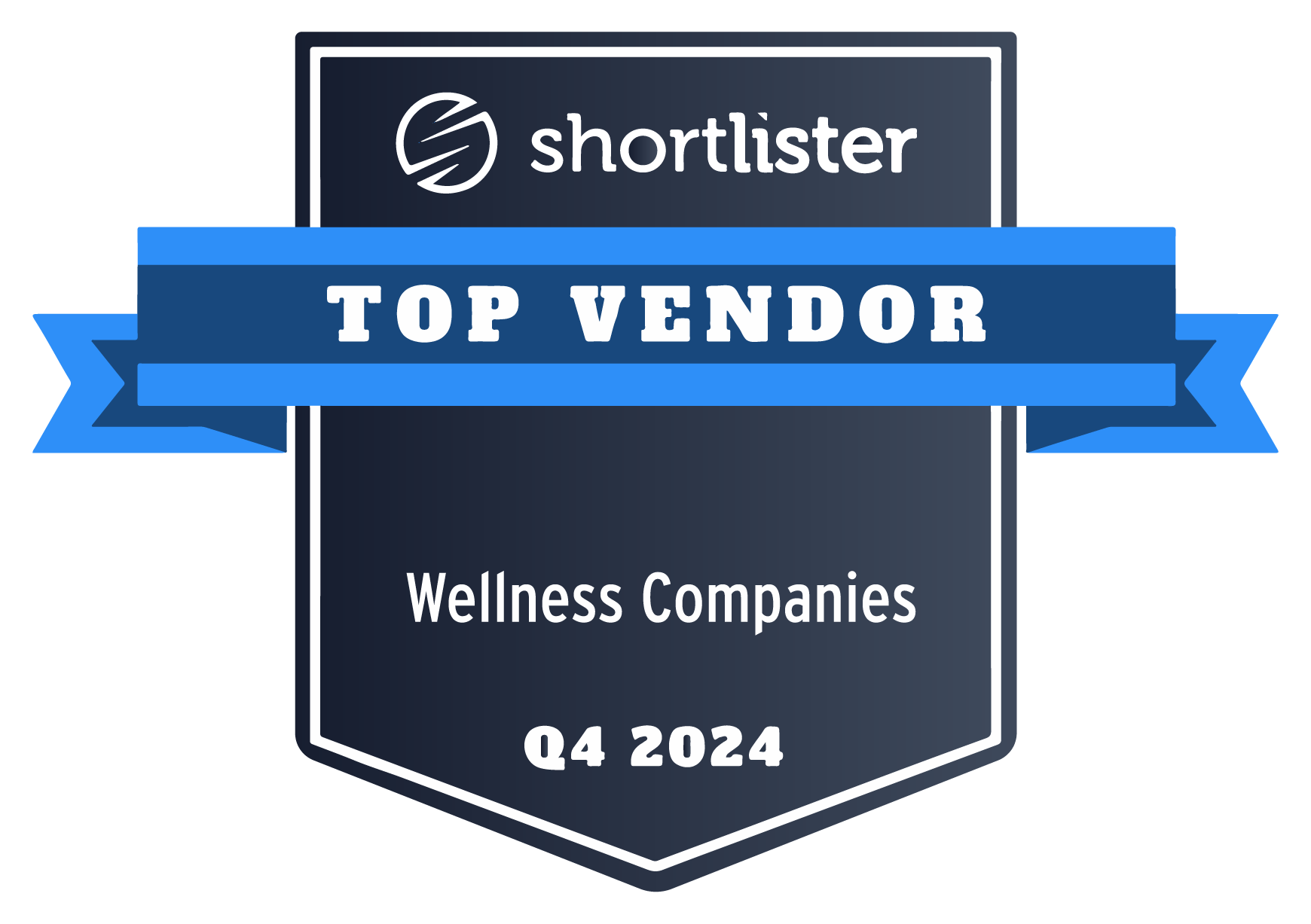
Lately, the term “financial wellness” is everywhere in the employee benefits world. When a term is used to describe everything, it’s difficult to define it. So what does financial wellness truly mean?
Let’s start with the Consumer Protection Bureau’s definition of financial well-being. “A condition wherein a person can fully meet current and ongoing financial obligations, can feel secure in their financial future, and is able to make choices that allow them to enjoy life.”
So if financial well-being is this state, we here at BrightPlan define “financial wellness” as the tools and support that help people get there! See, simple enough?
Well, maybe not… Simply knowing that employees need “financial wellness” tools isn’t enough. Knowing exactly WHICH tools your employees need to drive toward well-being is the hard part. Providing financial wellness is easy, but achieving financial well-being is a dynamic, highly personal concept that requires unique and individual attention.
We know HR leaders are seeking solutions that can cater to their diverse, global workforce’s ever changing needs. Many organizations take steps to meet the needs of their employees by offering in-country retirement programs or financial education to the general employee population. But these solutions alone often don’t solve the whole problem, and employees continue to report high financial stress that is distracting them and impacting productivity.
Let’s explore this together and gain an understanding of why traditional financial wellness approaches have fallen short in helping employees achieve a state of true financial well-being.
Personalized, holistic support becomes the most important criteria when building an offering to support employee financial well-being. Traditional offerings have focused on providing pointed support in specific areas and oftentimes do not include personal guidance to help employees take action.
A great example of this is a 401(k) provider in the US or NPS advisor in India. These individuals provide solid support for helping people understand the retirement accounts provided through an employer offering, BUT these providers often do not consider the credit situation or CIBIL score or the need to support a sibling or aging parent and the potential challenges that may arise.
So, while these may be able to call themselves “financial wellness” providers, do they help drive toward financial well-being? Only in part! These providers can have an important place within your global benefit offering, but you can’t stop there if you’re aiming for true employee financial well-being.
In order to have a lasting effect on stability and quality of life, financial wellness must take a more complete approach that addresses individuals’ varied financial needs. To grasp comprehensive financial wellness and how it ‘feels’ different, let’s delve into some brief examples of experiences very similar to those experiences by BrightPlan clients.
Sarah
Sarah’s been able to pay her bills, but things have been tight, and she wanted to understand what to do to feel more comfortable with her cash flow. BrightPlan identified her need for personalized guidance on her next steps including assessing her expenses, creating an effective plan, & optimizing her benefits for financial security. Sarah’s cash flow analysis revealed her overspending on dining out, sparking a desire to shift her habits.
- Establish an emergency fund goal and start saving to a high-yield savings account with at least one month’s worth of expenses.
- Set up automatic savings, gradually increasing contributions over time.
- Use an automated budget and gain clarity into cash flow management.
- Optimize company benefits to align with her personal goals.
- Consider participating in the ESPP program once comfortable with cash flow.
After funding her emergency fund, she’ll feel financially secure, empowering her to leverage company benefits and further her financial goals.
Matt
As an only child, Matt is responsible for his parents’ support on the other coast. Matt knows how important it is to maximize and optimize his money so he can save for his own retirement and support his parents. BrightPlan helped Matt understand where his maximization opportunities existed and laid out a plan for him to start executing.
- Maximize 401k contributions and investing (by using the Retirement Goal in BrightPlan).
- Review best practices for managing his employee stock purchase plan and understanding RSU taxes (by using BrightPlan’s Equity Compensation Planner alongside his BrightPlan provided advisor).
- Participate in the Health Savings Account (HSA).
- Begin an estate plan for himself and his parents.
After taking the right steps, Matt sees a clear path to building his own wealth AND to supporting his parents.
Deepika
Deepika isn’t proud of her past financial decisions. She knows less than she would like to about finances, is a single mom with three children, and receives very limited child support. She’s concerned with her CIBIL scores, and admits that she tends to use retail therapy when she is stressed. BrightPlan helped her get help beyond the basic support resources she was getting from her employer.
- Build a plan for some short and long term goals alongside her BrightPlan provided advisor.
- Analyze spending habits and build her a budget to curb overspending.
- Begin saving for her children’s education AND retirement with a Public Provident Fund. Her kids are young enough that the lock-in period won’t affect their college start dates.
After building a plan to budget and save for university and retirement, Deepika feels like a completely new person. She’s able to look forward to the future with positivity.
So, to wrap it up, because so many benefits technically fall into the financial wellness definition, it can be easy to ‘check the box’ on providing financial wellness to your employees. Financial well-being, however, is a multi-faceted state that requires both quantitative and qualitative stability for employees. Well-being is the goal, and it requires a holistic, personalized support solution. If you want to learn more about how BrightPlan could help you provide this to your US and global employees, we’d love to show you any time.














